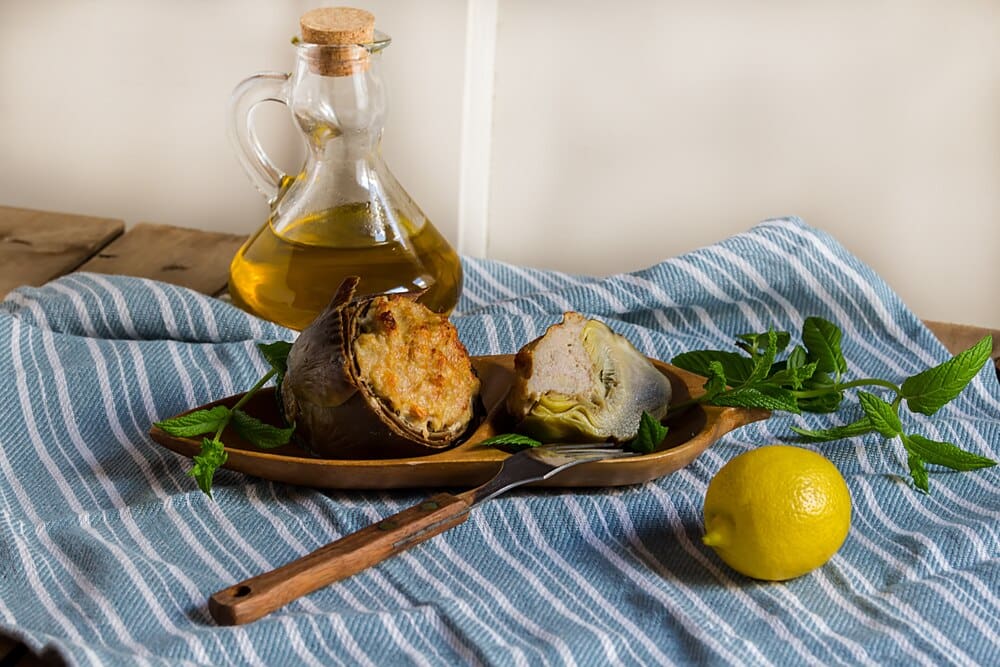Navigating the cooking oil aisle can feel overwhelming, but making the right choice is fundamental to a healthy diet and kitchen routine. For anyone who cooks at home, understanding which oils to use for which purpose is crucial, as the type of fat, processing method, and heat stability directly impact everything from heart health to inflammation. The healthiest cooking oils are generally those rich in monounsaturated and polyunsaturated fats, like extra-virgin olive oil and avocado oil, but their benefits are only realized when used correctly—matching the oil’s smoke point to your cooking method to prevent the creation of harmful compounds. Ultimately, the key isn’t finding one single “best” oil, but building a small, versatile collection to support your culinary and wellness goals.
What Makes a Cooking Oil “Healthy”?
Before we can crown the best oils, it’s essential to understand the factors that separate a healthy choice from a less desirable one. The conversation revolves around three key concepts: the type of fat, the refining process, and the oil’s smoke point.
The Importance of Fat Type
Fats are not the enemy; in fact, they are a vital macronutrient. The type of fat, however, matters immensely.
Monounsaturated fats (MUFAs) are heart-healthy fats found in abundance in olive oil, avocado oil, and many nuts. They have been shown to help lower LDL (“bad”) cholesterol and raise HDL (“good”) cholesterol, reducing the risk of cardiovascular disease.
Polyunsaturated fats (PUFAs) are also essential, meaning our bodies can’t produce them. This category includes omega-3 and omega-6 fatty acids. While both are necessary, the modern diet is often excessively high in omega-6s (found in soybean and corn oils) and deficient in anti-inflammatory omega-3s (found in flaxseed, walnuts, and fatty fish). A balanced ratio is key to managing inflammation.
Saturated fats, found in coconut oil, palm oil, and butter, have a more complex reputation. Once vilified, recent research suggests that in moderation, and from whole-food sources, they are not as detrimental as previously thought. However, they should still be consumed more sparingly than unsaturated fats.
Artificial trans fats are the one category to avoid entirely. Created through an industrial process called partial hydrogenation, these fats raise bad cholesterol, lower good cholesterol, and significantly increase the risk of heart disease, stroke, and type 2 diabetes. Always check labels for “partially hydrogenated oil.”
Refined vs. Unrefined: What’s the Difference?
The journey from plant to bottle dramatically affects an oil’s nutritional profile.
Unrefined oils, often labeled “virgin” or “cold-pressed,” are processed with minimal heat and chemicals. This gentle extraction preserves the oil’s natural flavor, color, and, most importantly, its beneficial nutrients and antioxidants, like the polyphenols in extra-virgin olive oil. The trade-off is often a lower smoke point.
Refined oils undergo more intensive processing, including bleaching and deodorizing, to create a neutral-tasting oil with a longer shelf life and a much higher smoke point. While this makes them stable for high-heat cooking, the process strips away most of the delicate nutrients and antioxidants found in their unrefined counterparts.
The Critical Role of the Smoke Point
An oil’s smoke point is the temperature at which it stops shimmering and starts smoking. This is a visual cue that the oil is breaking down chemically. When an oil is heated past its smoke point, its beneficial compounds degrade, free radicals are formed, and a toxic, acrid substance called acrolein is released. This not only ruins the taste of your food but also introduces harmful compounds into your body. Therefore, matching the oil to the cooking temperature is non-negotiable.
Your Guide to the Best Cooking Oils
Armed with this knowledge, we can now select the right tool for the job. Think of your oils as a small wardrobe: you need different options for different occasions.
For High-Heat Cooking (Sautéing, Roasting, Frying)
High-heat methods require oils with a smoke point above 400°F (204°C).
Avocado Oil: This is a true workhorse. With a neutral flavor and an exceptionally high smoke point (around 520°F or 271°C for refined versions), avocado oil is perfect for searing, roasting, and frying. It’s also rich in heart-healthy monounsaturated fat.
Ghee (Clarified Butter): Ghee is butter that has had its milk solids and water removed, leaving behind pure butterfat. This process gives it a high smoke point of about 485°F (252°C) and a rich, nutty flavor. It’s a great choice for sautéing and roasting vegetables.
“Light” or Refined Olive Oil: This is not to be confused with extra-virgin olive oil. The term “light” refers to its color and flavor, not its calorie content. It’s a refined oil with a much higher smoke point (around 465°F or 240°C), making it a stable choice for high-heat cooking when you don’t want the robust flavor of EVOO.
For Medium-Heat Cooking (Light Sautéing, Baking)
These methods generally stay below 375°F (191°C), opening up more flavorful options.
Extra-Virgin Olive Oil (EVOO): The cornerstone of the Mediterranean diet, EVOO is the gold standard for overall health benefits. It’s packed with monounsaturated fats and powerful antioxidants. Despite myths to the contrary, quality EVOO has a smoke point of around 375-400°F, making it perfectly safe for everyday sautéing and baking. Its robust, peppery flavor also makes it a star in its raw form.
Virgin Coconut Oil: Rich in a specific type of saturated fat called medium-chain triglycerides (MCTs), which are metabolized differently than other fats, coconut oil has a smoke point of about 350°F (177°C). While its health claims are debated, it can be used in moderation for baking and medium-heat cooking, especially in dishes where its distinct tropical flavor is welcome.
For No-Heat Applications (Dressings, Drizzling)
These delicate oils are prized for their potent nutrients and flavors but should be kept away from heat to avoid damaging them.
Flaxseed Oil: A powerhouse of plant-based omega-3s (ALA), flaxseed oil is highly unstable and should never be heated. Use it in smoothies, drizzle it over oatmeal, or make it the base of a salad dressing. It must be stored in the refrigerator in an opaque bottle.
Walnut Oil: This oil offers a good source of omega-3s and has a rich, nutty flavor that beautifully complements salads, roasted vegetables (drizzled on after cooking), and baked goods. Like flaxseed oil, it is delicate and best used unheated.
Hemp Seed Oil: With a near-perfect balance of omega-6 to omega-3 fatty acids, hemp seed oil is another nutritional star. Its earthy, nutty taste is excellent in dressings or for finishing soups. Store it in the fridge and never expose it to heat.
Oils to Limit or Leave on the Shelf
Not all oils are created equal. Some are best used sparingly due to their fatty acid profile or processing methods.
Vegetable Oil Blends: Generic “vegetable oil” is typically a highly refined blend of corn, soy, and other oils. These are extremely high in omega-6 fatty acids. While omega-6 is an essential fat, an excessive intake without enough balancing omega-3s can promote inflammation in the body.
Palm Oil: While stable for cooking, palm oil is high in saturated fat and is at the center of significant environmental and ethical concerns due to its link to widespread deforestation and habitat destruction. If you use it, look for products with a “RSPO Certified Sustainable” label.
Making the Most of Your Oils
Buying the right oil is only half the battle. Proper storage and use are essential to preserving its quality.
Proper Storage is Key
An oil’s three greatest enemies are heat, light, and air, all of which cause oxidation and lead to rancidity. Store your oils in a cool, dark cupboard—never next to the stove. Always buy oils packaged in dark glass or metal tins, and ensure the cap is screwed on tightly after each use. Delicate oils like flax and walnut belong in the refrigerator.
Building Your Oil Wardrobe
You don’t need a dozen different oils. A functional and healthy kitchen can be built on just two or three staples:
- A high-quality extra-virgin olive oil for low-to-medium heat cooking, dressings, and finishing.
- A neutral, high-heat oil like avocado oil for searing, roasting, and frying.
- A specialty finishing oil like walnut or flaxseed oil for a boost of flavor and nutrients in raw applications.
Choosing the right cooking oil is a simple yet profoundly impactful decision you make for your health every day. By understanding the roles of fat type, processing, and smoke point, you can move beyond the confusion and confidently select the best oil for any culinary task. It’s not about finding a single miracle oil, but about embracing variety and using each one wisely to create delicious, nourishing meals.







